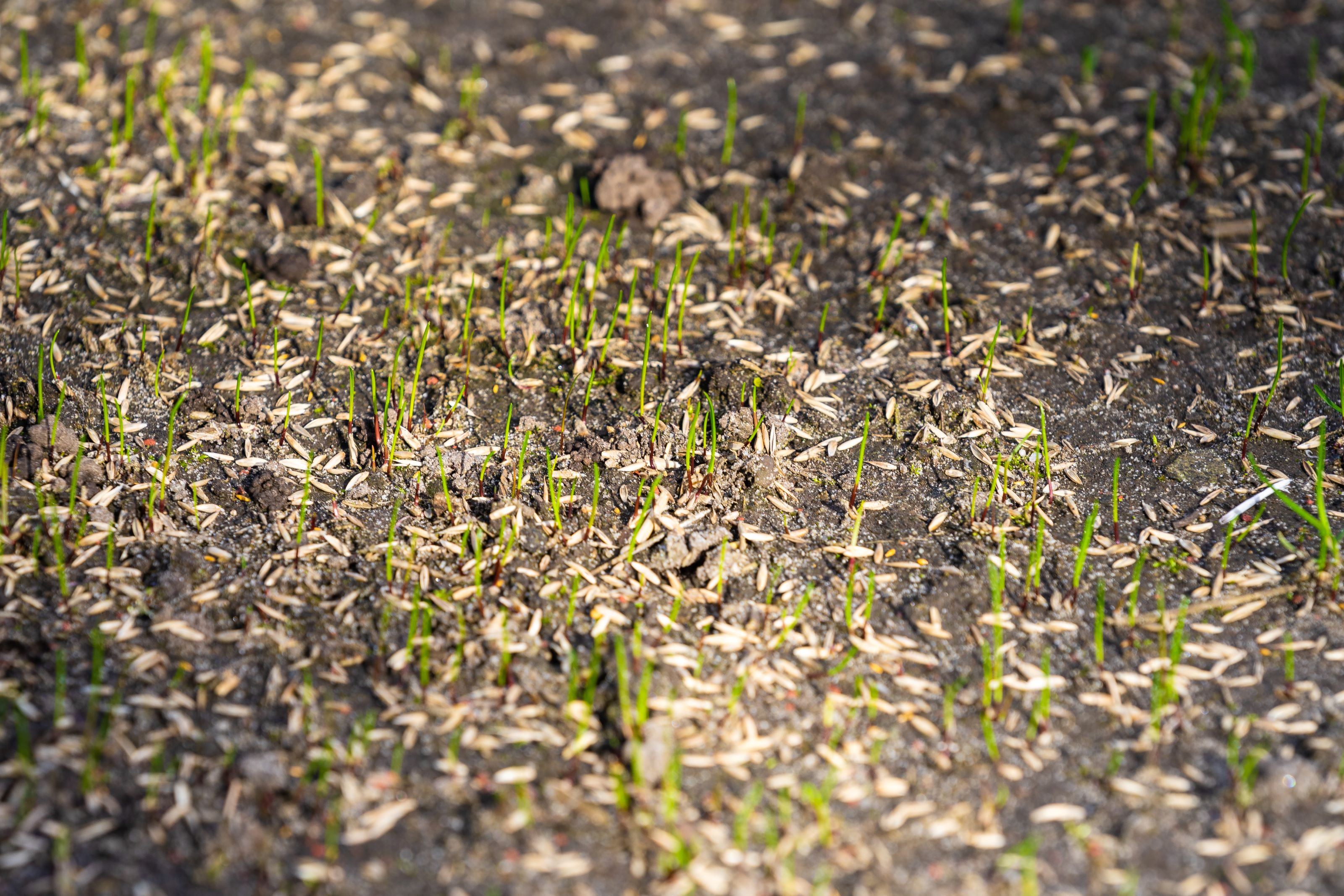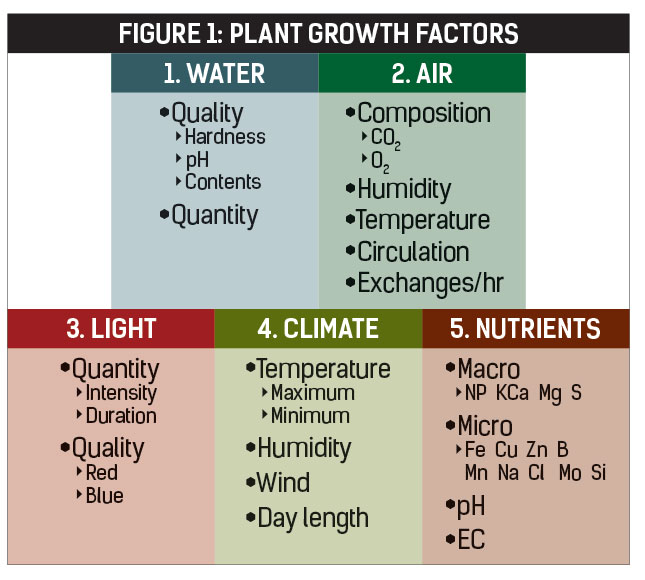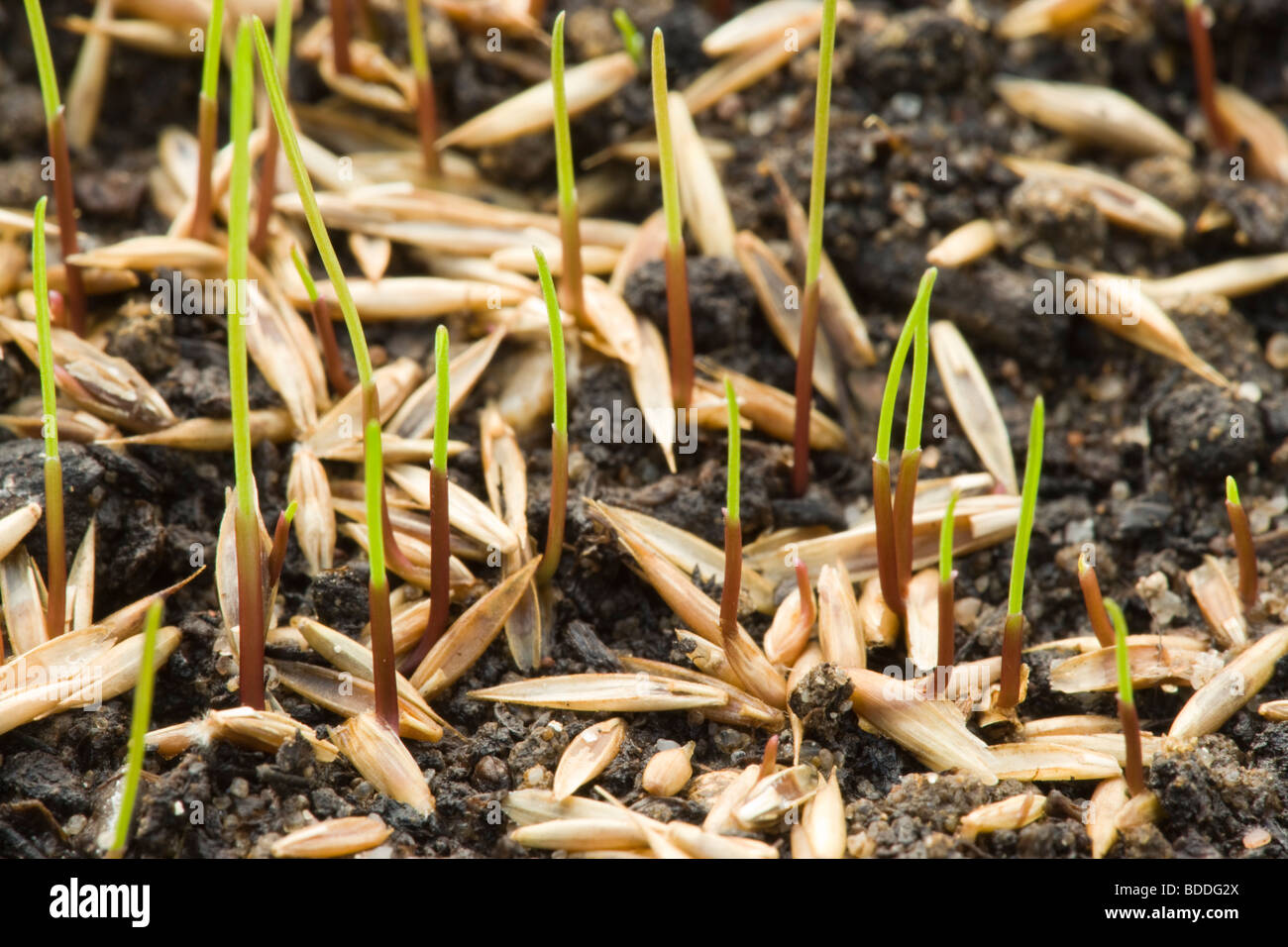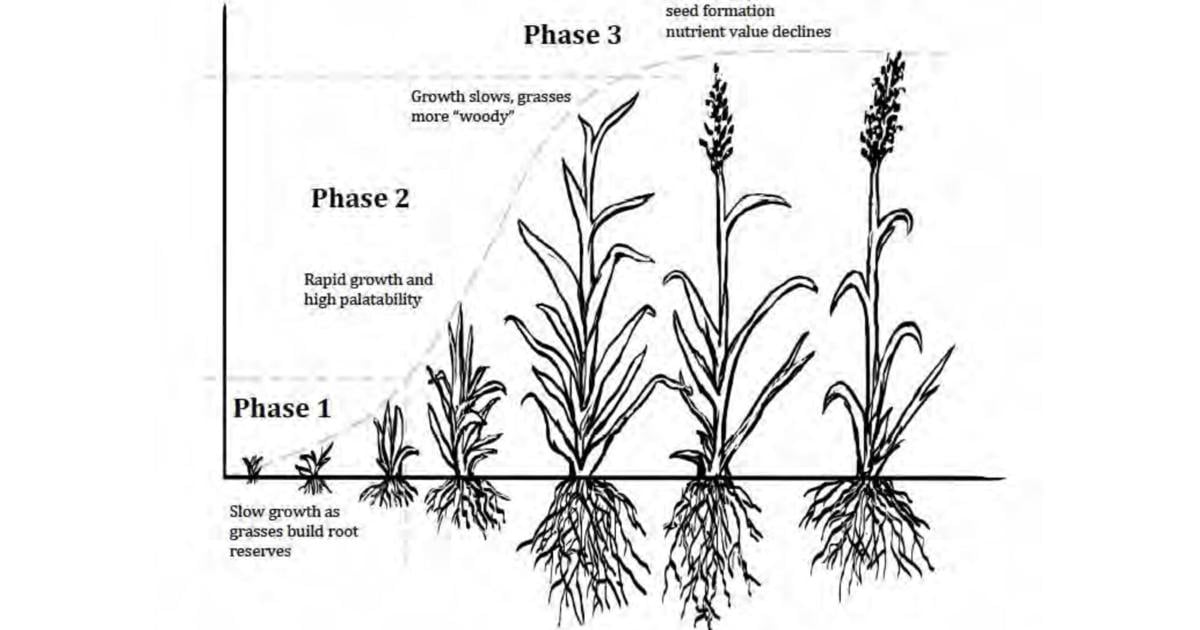Understanding the Grass Growth Process
Grass growth from seed is a complex process that requires careful consideration of several factors to achieve a lush, healthy lawn. One of the most critical aspects of grass growth is understanding how long it takes for grass to grow from seed, as this knowledge can inform maintenance schedules and care routines. Climate, soil, and maintenance are three key factors that significantly impact grass growth. Climate affects the rate of growth, with warm temperatures and adequate sunlight promoting healthy development. Soil quality and composition also play a crucial role, as grass requires specific nutrients and moisture levels to thrive. Finally, regular maintenance, such as mowing and watering, is essential to support healthy growth. By grasping the importance of these factors, homeowners can create an ideal environment that fosters healthy grass growth and minimizes the risk of common challenges.
Factors Affecting Grass Growth: Climate, Soil, and More
Several factors influence the growth rate of grass, and understanding these factors is crucial to creating an ideal environment for healthy growth. Temperature plays a significant role, with optimal growth occurring between 65°F and 75°F. Sunlight is also essential, with most grass types requiring at least six hours of direct sunlight per day. Water is another critical factor, and grass requires consistent moisture, especially during the germination period. Soil quality is also vital, as it provides the necessary nutrients and support for root development. The type of soil, including its pH level and nutrient composition, can significantly impact grass growth. Additionally, maintenance practices, such as mowing and fertilization, can affect the growth rate of grass. By understanding how these factors interact and impact grass growth, homeowners can create a tailored care routine that addresses the specific needs of their lawn, ultimately leading to a lush, healthy landscape. For example, knowing how long it takes for grass to grow from seed can inform mowing schedules and help prevent over-mowing, which can damage the grass.
The Role of Seed Quality in Grass Growth
High-quality grass seeds are essential for achieving a lush, healthy lawn. Fresh seeds, properly stored and suitable for the local climate and soil conditions, can significantly impact the growth rate of grass. Fresh seeds have a higher germination rate, resulting in a denser, more uniform lawn. Proper storage, in a cool, dry place, helps maintain seed viability and prevents degradation. Moreover, selecting seed types suitable for the local climate and soil conditions ensures that the grass is well-adapted to thrive in its environment. For example, warm-season grasses, such as Bermudagrass, are ideal for hot climates, while cool-season grasses, like Kentucky bluegrass, are better suited for cooler temperatures. By investing in high-quality seeds, homeowners can set their lawn up for success, ultimately reducing the time it takes for grass to grow from seed and resulting in a healthier, more resilient lawn.
How to Create an Ideal Environment for Grass Growth
Creating an ideal environment for grass growth is crucial for achieving a lush, healthy lawn. Soil preparation is a critical step, as it provides the necessary foundation for grass growth. This includes testing the soil pH and nutrient levels, and amending it with organic matter or fertilizers as needed. Proper watering techniques are also essential, as grass requires consistent moisture, especially during the germination period. It’s recommended to water deeply and infrequently to encourage deep root growth, rather than shallow and frequent watering that can lead to weak roots. Mowing techniques also play a significant role, as regular mowing helps promote healthy growth and prevents weed growth. Maintaining a mowing height of 2.5-3 inches and leaving the clippings on the lawn can help retain moisture and reduce the need for fertilizers. By following these tips, homeowners can create an ideal environment for grass growth, ultimately reducing the time it takes for grass to grow from seed and resulting in a healthier, more resilient lawn.
The Grass Growth Timeline: What to Expect
The grass growth timeline typically consists of three stages: germination, seedling, and establishment. Understanding what to expect during each stage is crucial for providing the necessary care and attention for optimal growth. The germination period, which typically lasts 7-14 days, is the initial stage where the seed begins to sprout. During this stage, it’s essential to keep the soil consistently moist and provide adequate sunlight. The seedling stage, which lasts around 1-2 weeks, is a critical period where the grass develops its root system and begins to grow leaves. Proper watering and mowing techniques are vital during this stage to promote healthy growth. The establishment phase, which can take several weeks to several months, is where the grass matures and becomes more resilient. During this stage, it’s essential to maintain regular mowing, watering, and fertilization schedules to ensure the grass continues to thrive. By understanding the typical grass growth timeline, homeowners can better care for their lawn and answer the question, “how long does it take grass to grow from seed?” with confidence.
Common Challenges and Solutions for Grass Growth
Despite proper care and attention, grass growth can be hindered by various challenges. Pests, such as white grubs and chinch bugs, can damage the grass, while diseases like fungal infections can spread quickly. Weeds, including dandelions and clover, can also compete with grass for water and nutrients. To overcome these challenges, it’s essential to implement preventative measures, such as maintaining a healthy lawn through proper mowing, watering, and fertilization. Regularly inspecting the lawn for signs of pests, diseases, and weeds can also help identify issues early on. For pest control, using beneficial insects or insecticides can be effective. Fungal diseases can be treated with fungicides, while weeds can be removed manually or with herbicides. By being aware of these common challenges and taking proactive steps, homeowners can minimize their impact and ensure a healthy, thriving lawn. By understanding the common challenges that can affect grass growth, homeowners can better answer the question, “how long does it take grass to grow from seed?” and take steps to promote optimal growth.
Maintenance Tips for a Healthy, Thriving Lawn
To keep a lawn healthy and thriving, regular maintenance is essential. One of the most critical tasks is mowing, which should be done at a height of 2.5-3 inches to promote deep root growth. It’s also essential to maintain a regular watering schedule, providing about 1-2 inches of water per week, either through rainfall or irrigation. Fertilization is also crucial, with a balanced fertilizer applied at the start of the growing season and again in the fall. Additionally, regular aeration and dethatching can help improve soil drainage and reduce thatch buildup. By following these maintenance tips, homeowners can create an ideal environment for their grass to grow and thrive, ultimately answering the question, “how long does it take grass to grow from seed?” with confidence. Furthermore, regular maintenance can help prevent common challenges such as pests, diseases, and weeds, ensuring a lush, healthy lawn for years to come.
Conclusion: Achieving a Lush, Healthy Lawn from Seed
In conclusion, understanding the grass growth process is crucial for achieving a lush, healthy lawn. By recognizing the factors that affect grass growth, such as climate, soil, and maintenance, homeowners can create an ideal environment for their grass to thrive. Additionally, using high-quality seeds, proper soil preparation, and regular maintenance can help promote healthy growth. While common challenges like pests, diseases, and weeds may arise, being aware of these issues and taking preventative measures can help minimize their impact. By following the tips and advice outlined in this article, homeowners can answer the question, “how long does it take grass to grow from seed?” with confidence and enjoy a beautiful, thriving lawn for years to come. Remember, with patience, dedication, and the right knowledge, anyone can achieve a lush, healthy lawn from seed.








